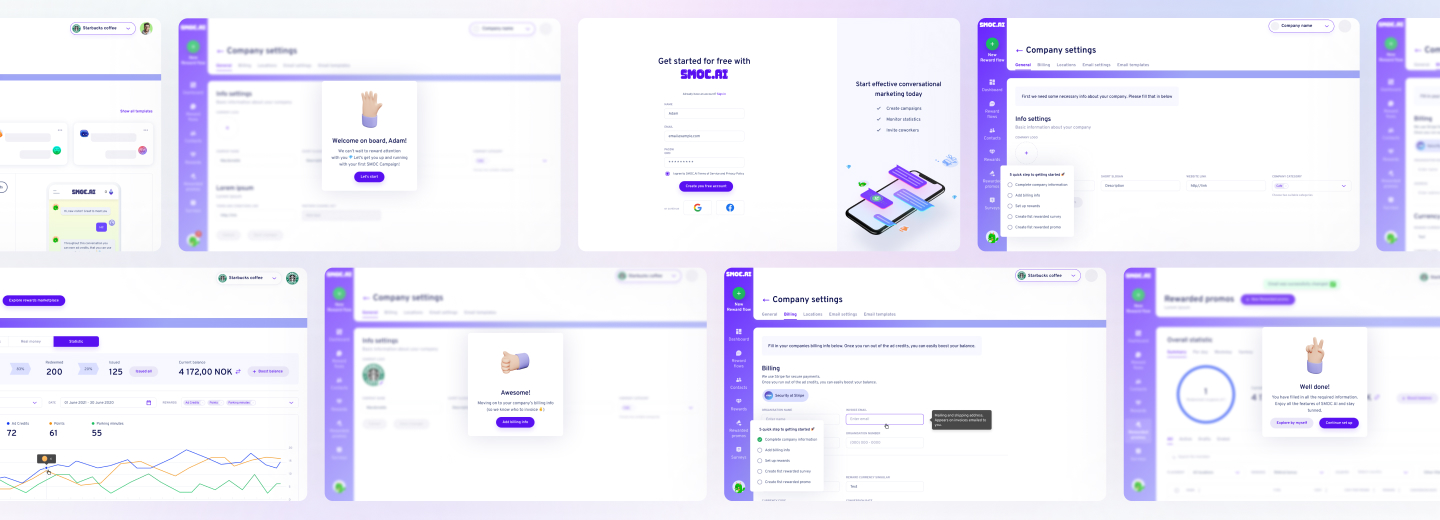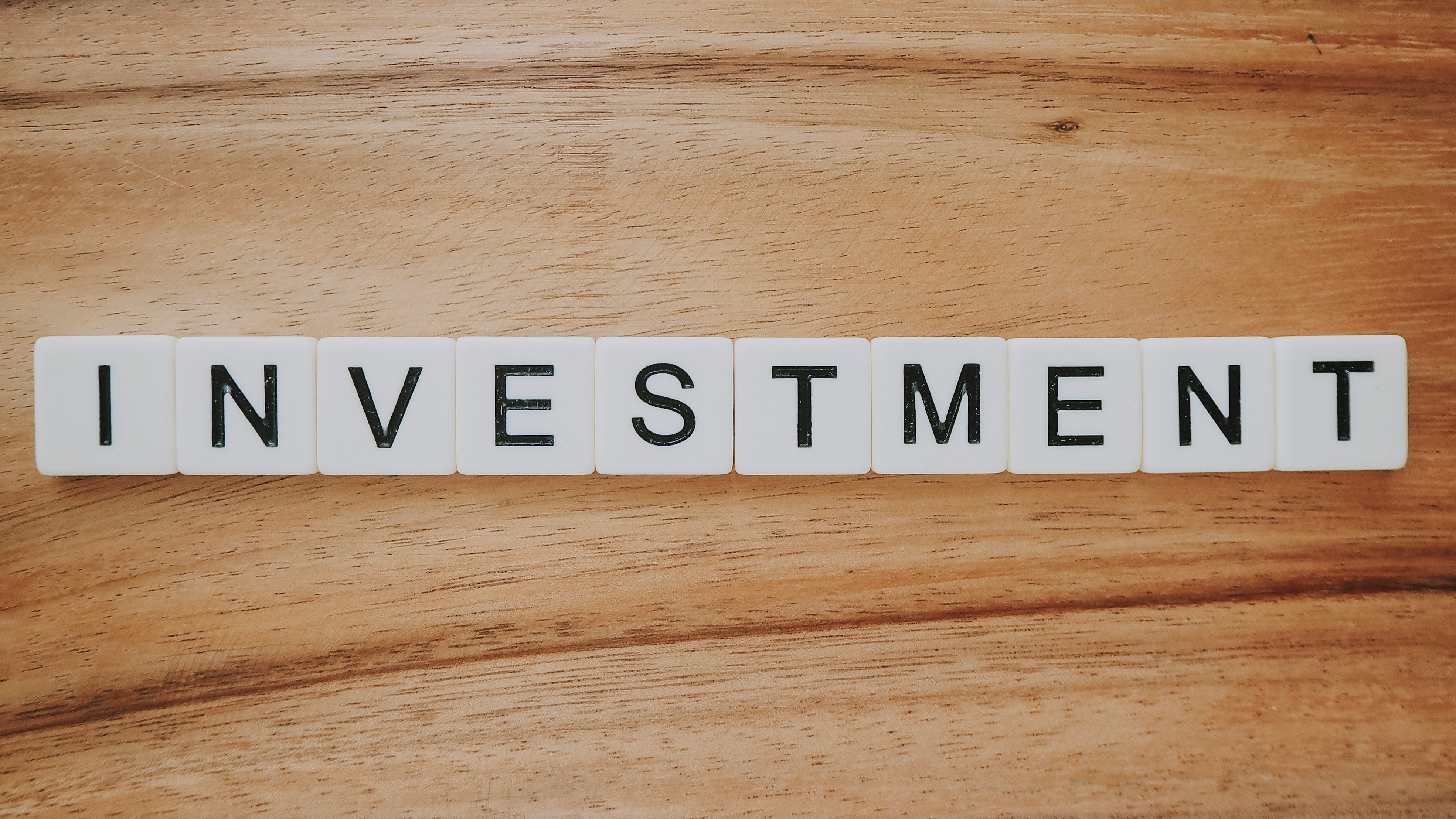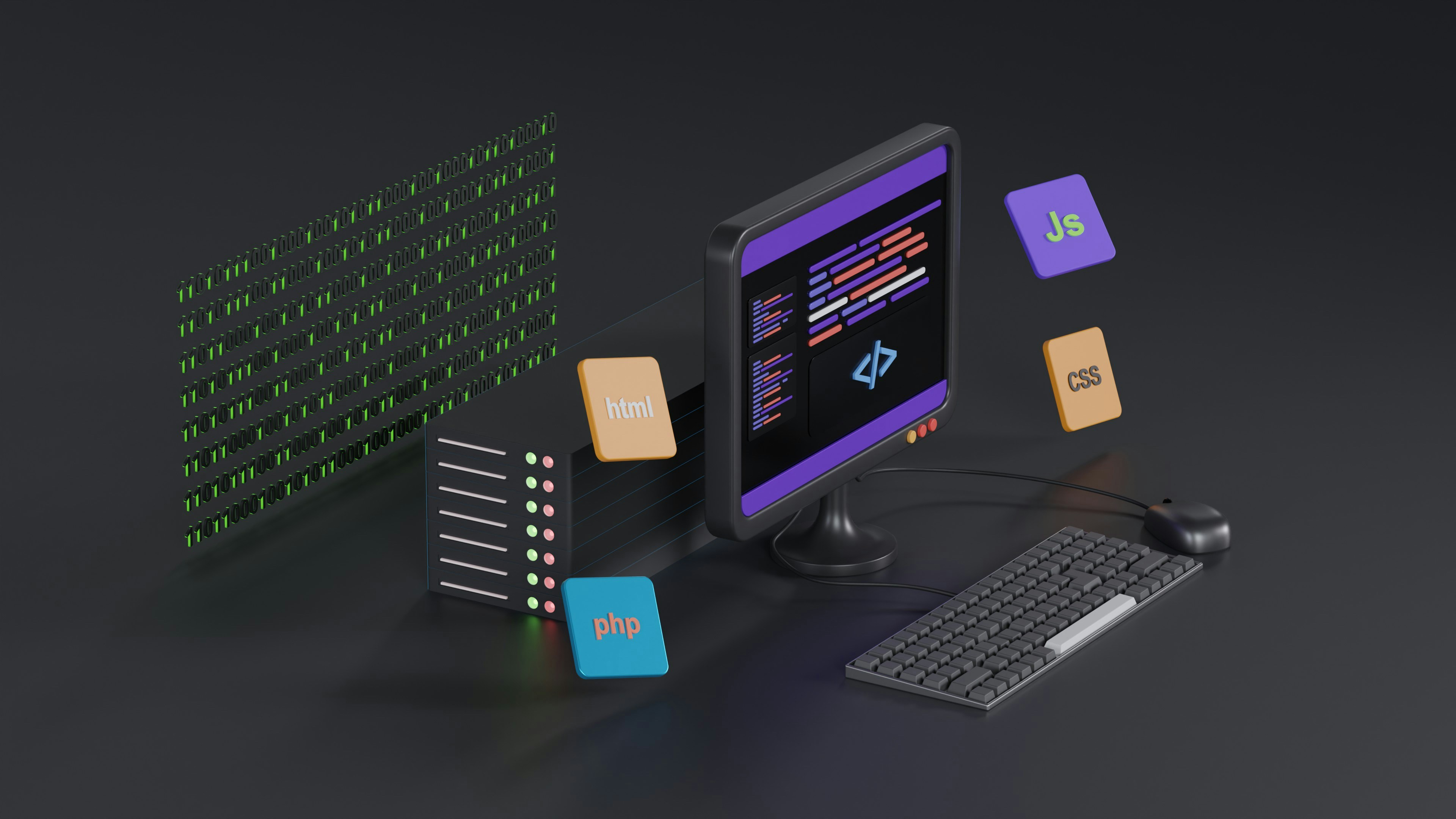Nowadays a product manager needs an optimized and modernized approach to product discovery to manage customer challenges and develop products that accurately meet the market needs the needs of the market. But how can the product team build the framework of the product discovery process to create solutions that meet users’s needs?
This article describes each process phase providing crucial insights as well as strategies that can be utilized by product managers to create superior user experiences.
Let’s dive into it and find out more!
what’s in the article
- What is Product Discovery?
- Why Skipping the Product Discovery Phase Is Risky
- Main Phases of Product Discovery
- Popular Techniques for Product Discovery
- What You Gain from a Good Product Discovery Process
- Conclusion
What is Product Discovery?
Product discovery is a major part of the product development cycle. It entails user needs validation, ensuring that ideas are real and valuable, and creating a compelling vision of a good solution. As the team works on research, collaboration, and continuous learning in this phase, the teams can avoid guesswork and build products that are useful to the users. Product discovery doesn’t only set the stage for development but also it’s the best precondition for long-term success.
Why Skipping the Product Discovery Phase Is Risky
Now you know what is product discovery and let’s discuss its importance. Missing the product discovery phase is an ideal way to create multiple problems for a product development team. If the leadership lacks insights into the requirements of the users and market trends, it is possible to focus on additional elements that do not resolve the everyday issues of users or businesses. It requires considerable time and money to be spent on them. Failure in the discovery phase leads to low adoption rates and poor market performance. The time spent on product discovery leads the team to develop purpose and add confidence in their development process avoiding many mistakes that may be costly in other cases.

Looking to Build an MVP without worries about strategy planning?
EVNE Developers is a dedicated software development team with a product mindset.
We’ll be happy to help you turn your idea into life and successfully monetize it.
Main Phases of Product Discovery
Product discovery is a structured method of achieving the goal of converting concepts into meaningful solutions. It is a set of key product discovery phases that highlight what users require, analyze the proposed solutions, and explore whether the product meets the market needs.
Let’s explore each phase in detail:
Identifying the Problem
Every successful product is the solution to a specific problem and we need to be very particular with what we offer. This phase involves analyzing the users’ challenges gathering feedback, and identifying of main issues that your product will solve. It is therefore important for one to develop a well-defined problem because it’s the foundation for significant solutions.
Market Research
Market research is about gathering information on the landscape that you are stepping into. This step consists of an analysis of competitors, trends, and identification of users’ profiles. By achieving a deeper understanding of the market and customers, the product teams can ensure their solution stands out and meets real customer requirements.
Solution Validation
After identifying potential solutions, it’s crucial to test their viability and relevance. Solution validation entails using prototypes, surveys, and interviews to ensure ideas are relevant and solve the target audience’s problems.
Prioritize Features
It is not possible to have all features implemented in the final product, and that is where you prioritize features. Once it is determined that a feature has value and is possible to implement while also having a positive impact, it’s time to consider it essential, allowing teams to concentrate on what is important while not wasting time or resources on the feature that is not in the best interest of the target user.

Proving the Concept for FinTech Startup with a Smart Algorithm for Detecting Subscriptions

Scaling from Prototype into a User-Friendly and Conversational Marketing Platform
Popular Techniques for Product Discovery
There are various methods used in product management discovery. All these methods offer useful information that leads teams to create useful and user-oriented products. Below are some of the most effective product discovery techniques:
Journey Mapping
Journey mapping is one of the methods through which a user’s experience of a brand, product, or service is created. This process ensures that each interaction with the firm is recorded right, from when a customer is aware that he has a problem to the moment he receives a solution to his problem. When the teams understand both viewpoints, they can begin to look for opportunities where they can add more value and make changes that can better meet the goals of the overall process, and consequently – improve the journey of their users. This technique is especially helpful for optimizing complex workflows or addressing customer dissatisfaction.
Competitor Analysis
Competitor analysis involves studying the capability position of other products to determine their strengths or weaknesses or what they provide to market competitors. There are three potential benefits of this method. It provides the teams with insights into possible new trends in the industry and leaves a research gap that the competitors may have not noticed.
It leads to the discovery of opportunities for differentiation of the product. Within and across industries it is not just important to know what competitors are up to but also important to emulate and avoid their mistakes. Competitor analysis can be used to make more rational decisions on your strategies to provide distinctive products, as well as check whether features correspond to customers’ needs.
Prototyping and MVPs
Creating prototypes and developing MVPs can be rather realistic methods of working on one’s ideas when using minimal resources. Prototyping is a concept where an actual model of what you intend to design is developed and may include wireframes and interactive click-through prototypes to gather preliminary feedback.
While MVPs are much more basic versions of the product that offer only the most important features to the user. Both techniques let teams check assumptions, see what does or does not work with a target population, and adapt. They minimize the likelihood of engineering known undesired characteristics and guarantee the delivered solution meets the actual user requirements.
What You Gain from a Good Product Discovery Process
A well-executed product discoverability provides a robust foundation for product development, ensuring teams focus on delivering value to users while optimizing resources. By investing in discovery, companies can unlock some key benefits that drive success.
Faster Time-to-Market
The main drivers for this acceleration are user awareness and proper concept validation. Thus solving such issues earlier and determining priorities of features will help teams to avoid unnecessary cycles and streamline workflow. This is how a product gets to the user faster, providing your business with a competitive advantage.
Reduced Risk of Failure
The product discovery process minimizes guesswork by relying on user research, primary, secondary data, and feedback. It minimizes the chances of developing a product that does not conform to the market’s needs or requirements. This way, the teams prevent the common mistakes that can be costly and set the foundation correctly from the very beginning.
Product Roadmap
A robust discovery phase results in the formulation of a clear product vision to guide its eventual development. These strategic product discovery steps set key features, functionalities, direction, required discovery tools, long-term goals, and milestones that the team needs to achieve. Here a clear roadmap doesn’t only make sense to allocate the resources effectively, more importantly, it can provide the stakeholders with the vision and direction of the product.

Need Checking What Your Product Market is Able to Offer?
EVNE Developers is a dedicated software development team with a product mindset.
We’ll be happy to help you turn your idea into life and successfully monetize it.
Conclusion
The product discovery process is very important in the life cycle of a product. It helps you to ensure that the solutions that you develop are in tune with the real customers’ needs thus offering value to the users. Continuous product discovery helps lay the groundwork for a successful and impactful product by thoroughly validating ideas.Curious about how EVNE Developers can facilitate your product discovery process? Feel free to book a demo to find out how we can help you level up your product development plans.
The time it takes to identify products depends on the type of project, but it typically takes from a few weeks to several months. The aim is to gather enough information and insights without delaying development unnecessarily.
Primary target groups involve product owners, designers, developers, and user experience researchers. Functional team elimination ensures diverse viewpoints and a well-rounded approach for a comprehensive discovery process.
Yes, the product discovery can be handed over to other competent agencies or consultants in the market. However, it’s important to remain in contact with your internal team to make sure that the whole project meets your business and user objectives.

About author
Roman Bondarenko is the CEO of EVNE Developers. He is an expert in software development and technological entrepreneurship and has 10+years of experience in digital transformation consulting in Healthcare, FinTech, Supply Chain and Logistics.
Author | CEO EVNE Developers


















